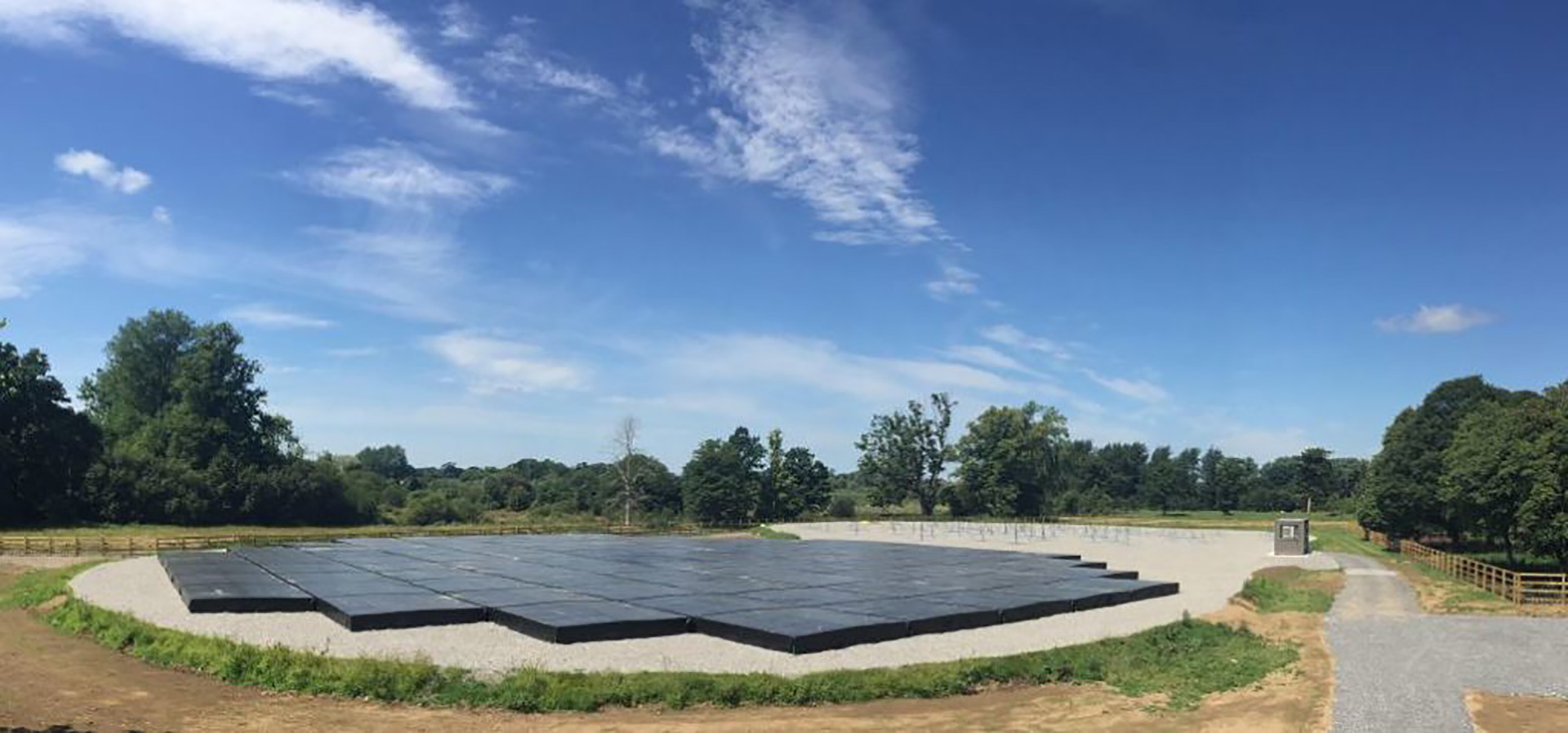TIMETOJOIN ESO
The case for Irish membership of the European Southern Observatory (ESO)
Before 2018, Irish astronomers had no formal access to world-class optical telescopes. This was despite Ireland’s impressive track record in astrophysics, and the clear societal, research and industrial benefits that such access provides. Because of this, the ASGI and IoPI was pressing for access to the European Southern Observatory. This is the foremost intergovernmental astronomy organisation in Europe and the world’s most productive astronomical observatory. At the time, the ESO was supported by 15 member countries (Austria, Belgium, Brazil, the Czech Republic, Denmark, France, Finland, Germany, Italy, the Netherlands, Portugal, Spain, Sweden, Switzerland and the United Kingdom) with several other countries having expressed interest in membership.
ESO’s mission was, and still is, to provide state-of-the-art research facilities to astronomers and astrophysicists, allowing them to conduct front-line science in the best conditions. To do this, ESO operates three unique world-class observing sites in Chile: La Silla, Paranal and Chajnantor. Paranal is home to the Very Large Telescope, the world’s most advanced visible-light astronomical observatory and two survey telescopes, VISTA (which works in the infrared and is the world’s largest survey telescope) and the VLT Survey Telescope (the largest telescope designed to exclusively survey the skies in visible light). ESO is also the European partner of a revolutionary astronomical telescope ALMA, the largest astronomical project in existence. Future plans include a 40-metre-class European Extremely Large optical/near-infrared Telescope, the E-ELT, which will become “the world’s biggest eye on the sky”.
Ireland officially became a member of the ESO on the 1st of October 2018. Membership came off the back of a huge lobbying effort made by TIMETOJOIN. This was a volunteer-driven campaign that successfully encouraged the Irish Government to join The European Southern Observatory. Learn more about the group here.
Irish LOw Frequency ARray Consortium (I-LOFAR)
 I-LOFAR is a next-generation software-driven radio telescope that is deployed across Europe, with stations operating in the Netherlands, Germany, Sweden, and the UK. LOFAR has revolutionized studies into transient astrophysical phenomena, allowing scientists to conduct the first studies into the epoch of reionisation in the early Universe and complete the deepest wide-area surveys ever made in both total intensity and polarization. The unprecedented resolution available from it is being used to provide a new insight into the Sun-Earth connection.
I-LOFAR is a next-generation software-driven radio telescope that is deployed across Europe, with stations operating in the Netherlands, Germany, Sweden, and the UK. LOFAR has revolutionized studies into transient astrophysical phenomena, allowing scientists to conduct the first studies into the epoch of reionisation in the early Universe and complete the deepest wide-area surveys ever made in both total intensity and polarization. The unprecedented resolution available from it is being used to provide a new insight into the Sun-Earth connection.
The I-LOFAR consortium built a LOFAR station at a site in the Birr Castle Demesne, near Birr in Co. Offaly. Birr Castle has a distinguished tradition in astronomy and is the home of the “Leviathan of Parsonstown”, which was constructed by the 3rd Earl of Rosse and was the largest telescope in the world in the 1800’s. Birr Castle Demesne offers a large flat site with a clear view of the sky and very low radio frequency interference (RFI).
The proximity of the proposed I-LOFAR site to the Historic Science Centre at Birr Castle also offers a chance to engage the public in education and public outreach. The conjunction of a modern, operational scientific facility and a telescope of such great historical value in such a central location has provided an exciting introduction to science, technology, engineering and mathematics (STEM) among students, teachers and members of the public.

I-LOFAR

